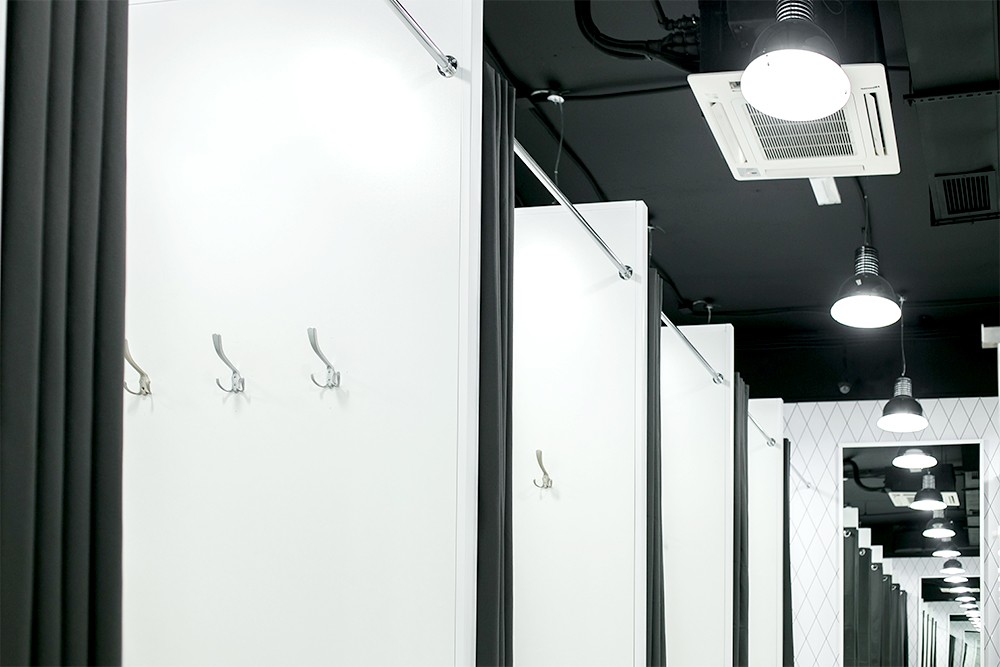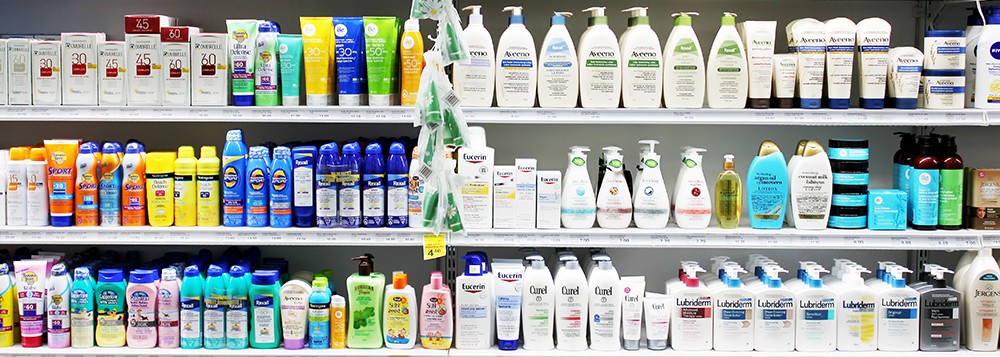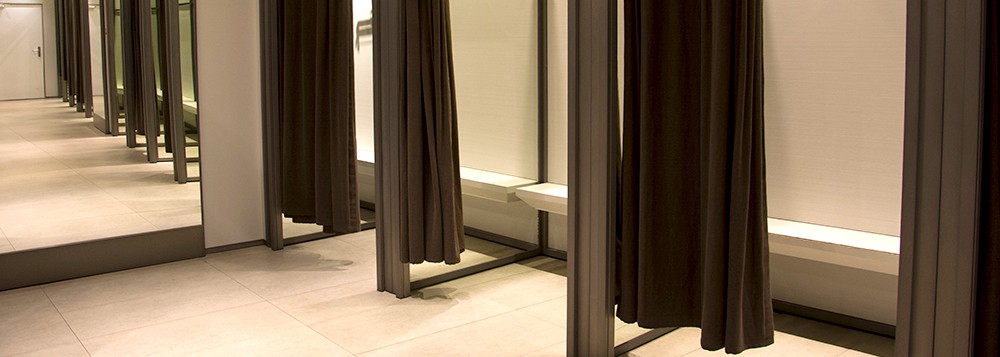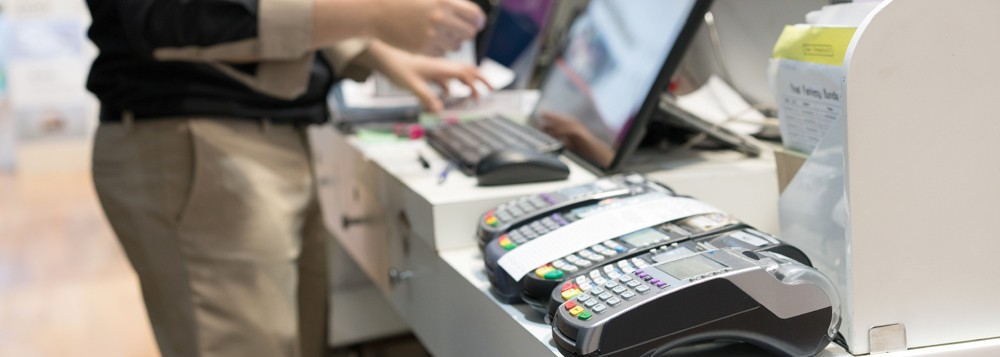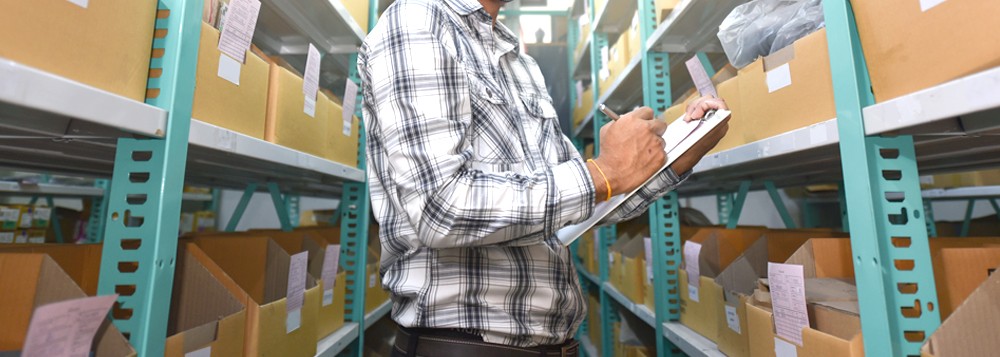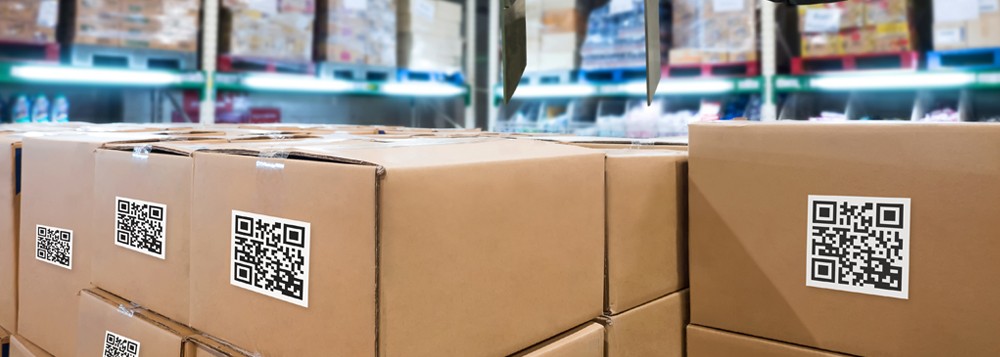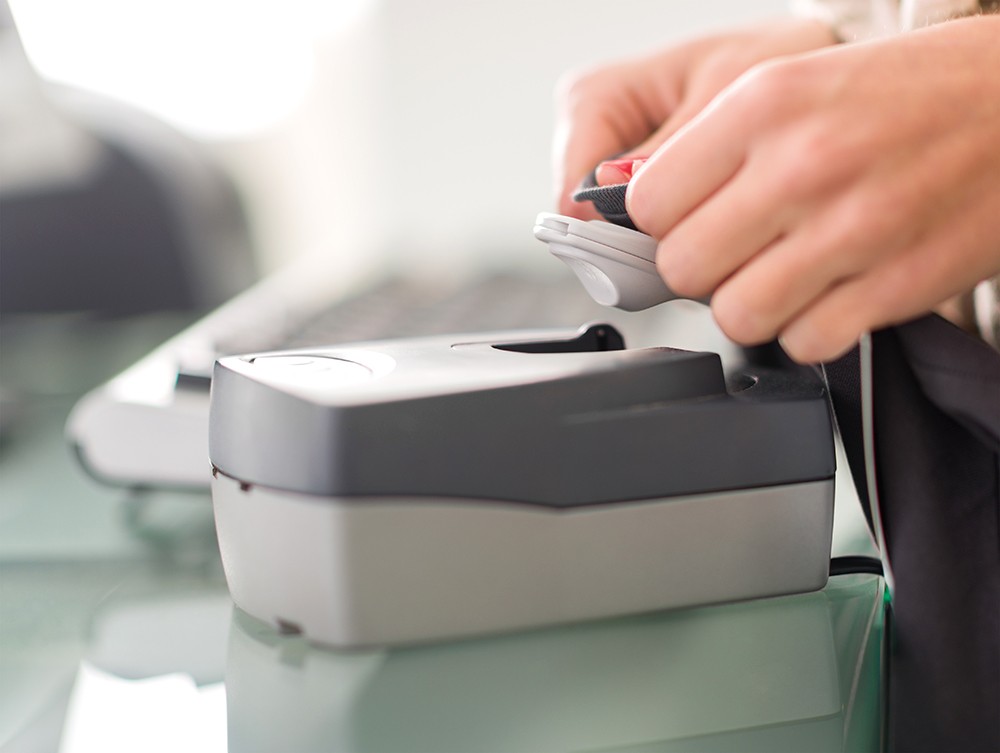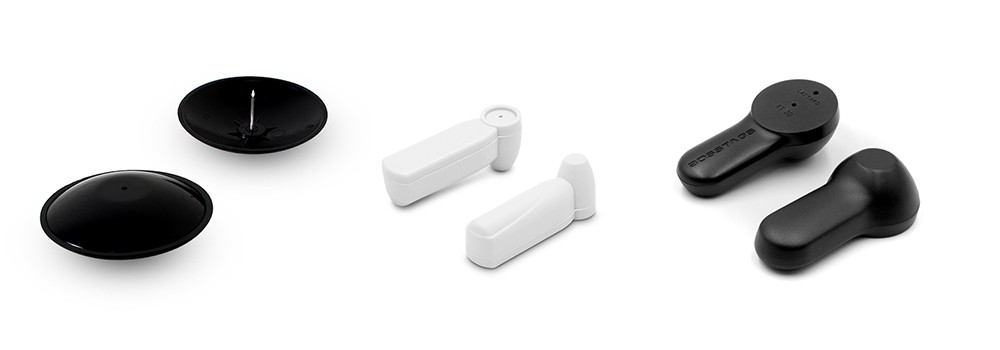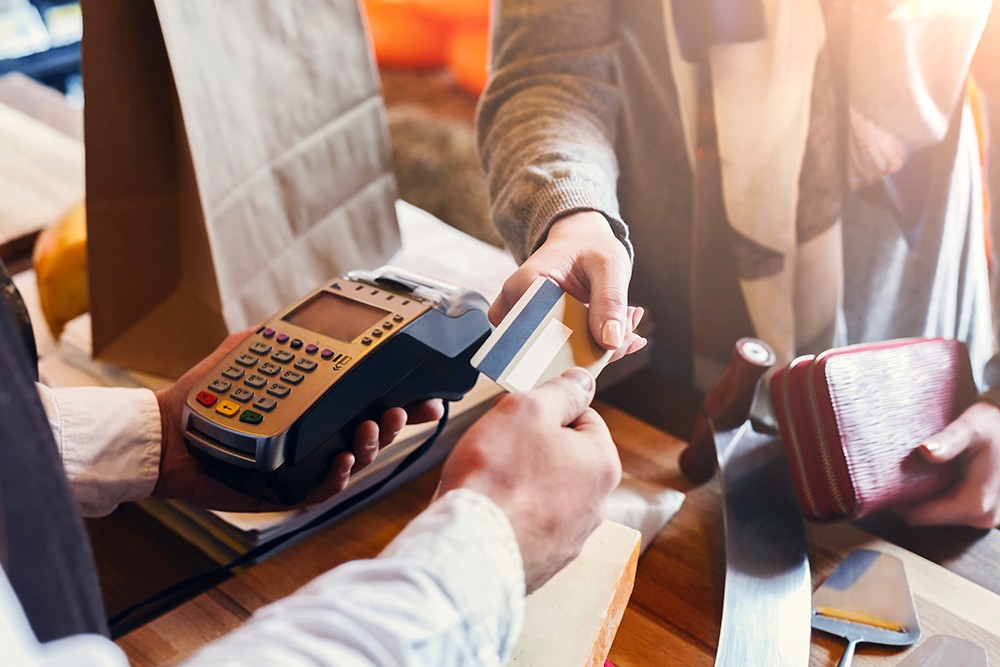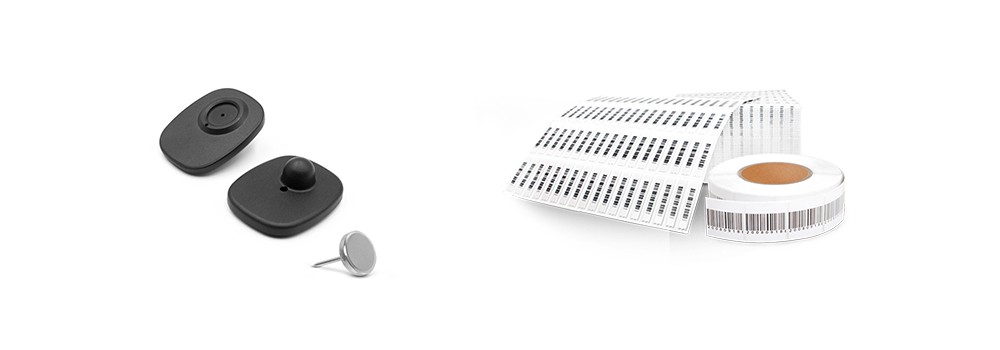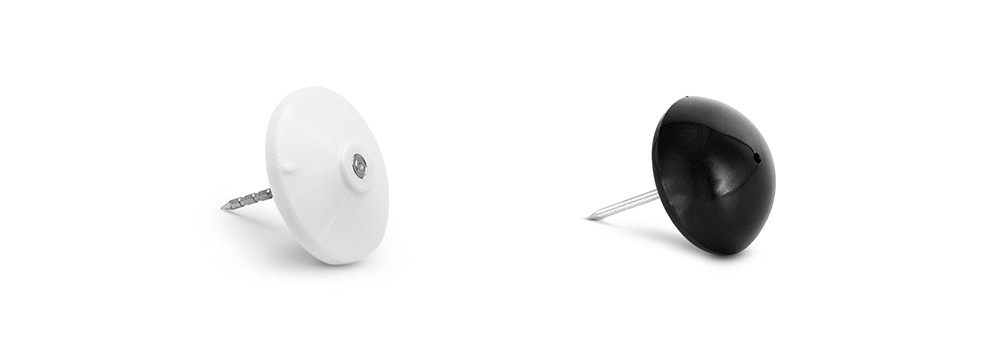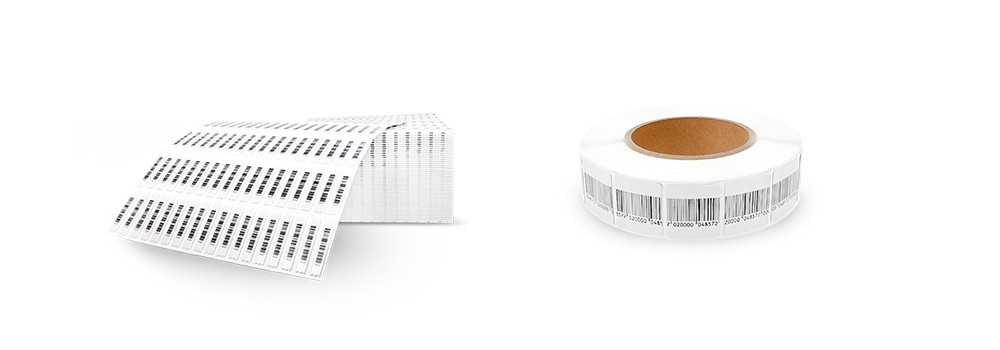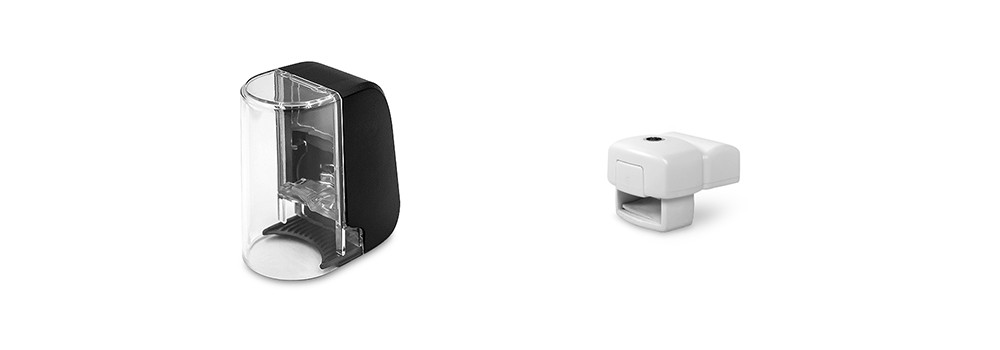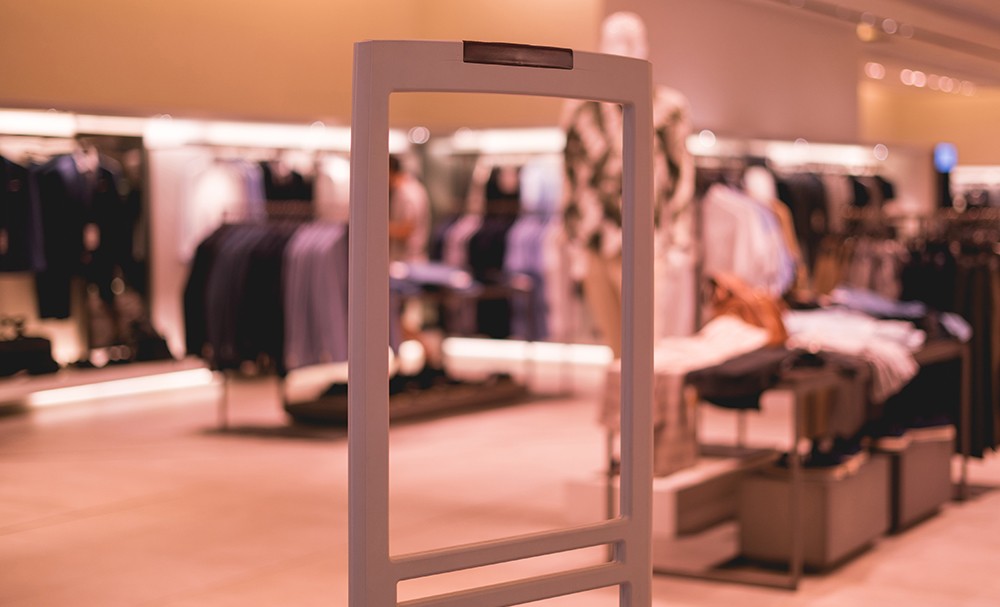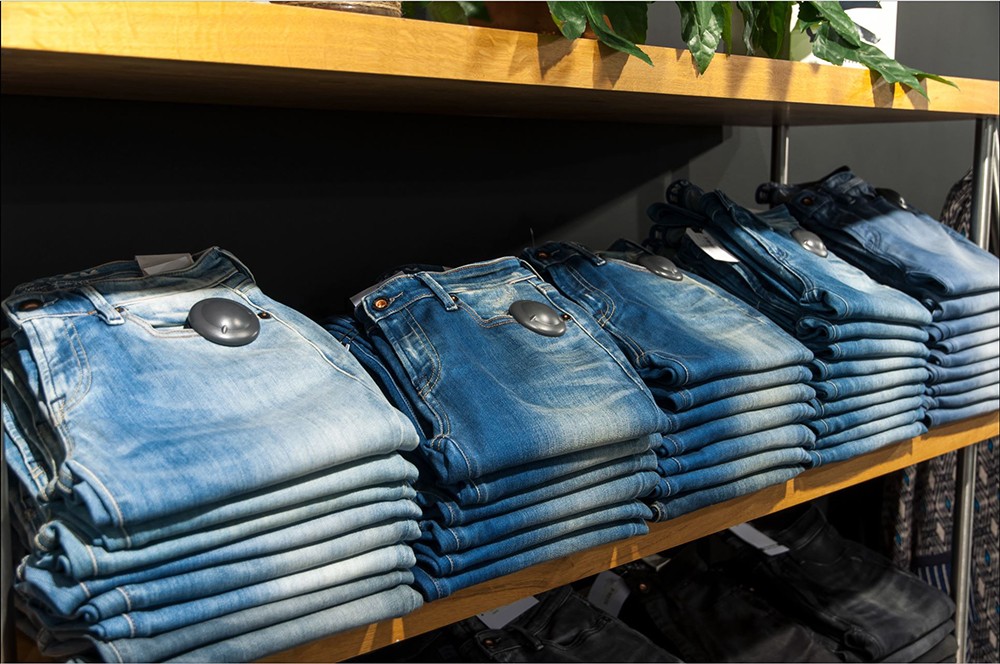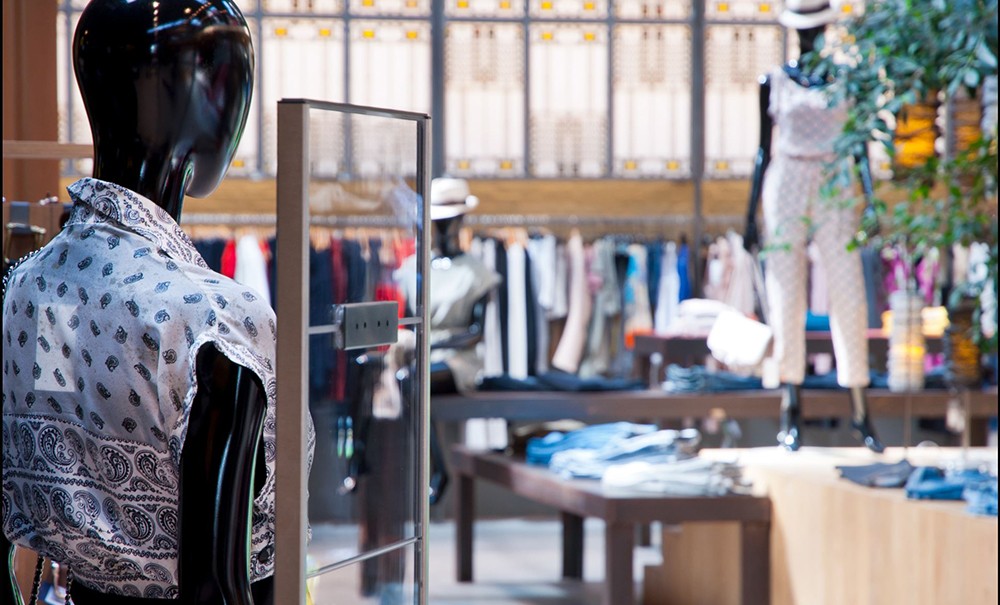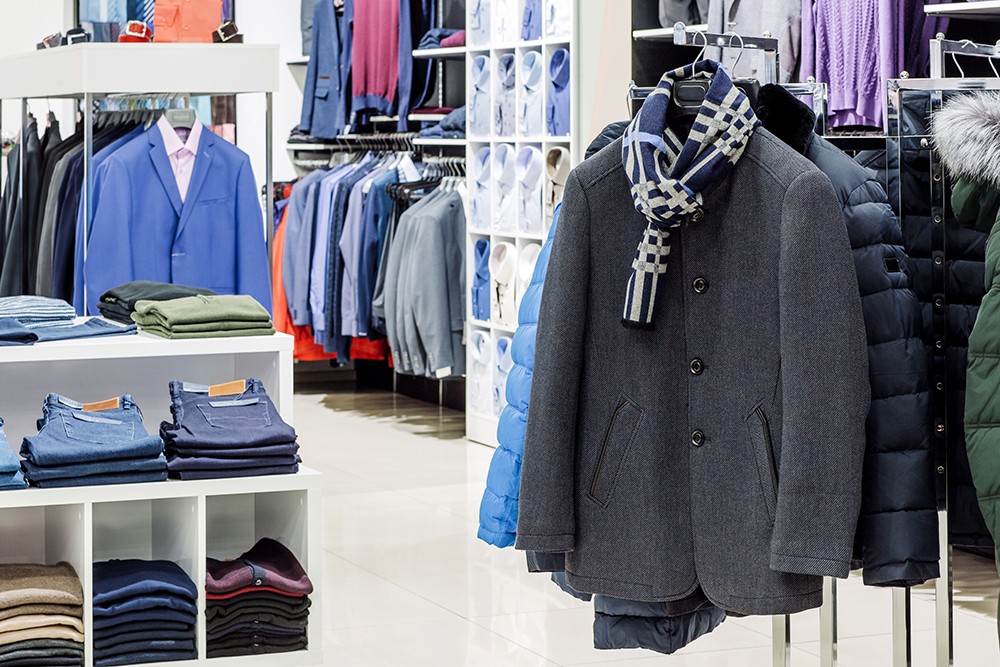In the ongoing battle against retail theft, deciding which security tags are right for your retail outlet can prove a bit of a challenge when there are so many options available.
That’s why Security Tags has designed a helpful guide of what to look for, and we also have some recommendations when it comes to ensuring optimum tag security with minimum fuss.
Here’s our take on best in class when it comes to the top security tag solutions.
What to look for
As we’ve previously mentioned, the best security tags will have multiple features, including:
- High-strength locking mechanisms that are impervious to easily sourced magnetic detachers
- Large pinheads that cannot be pulled through garments or cut off without causing major product damage
- A design and shape that thwarts attempts to pry a tag and pinhead apart
- Convenient size so as not to interfere with the customer experience of a product
In addition, the ideal security tag will feature:
- RFID compatibility for inventory management and product tracking
- Compatibility with additional theft prevention strategies like benefit denial using ink dye pins
So, in the search for the right security tags, it begs the question, what would we recommend?
Best in class – our top tag recommendations
The right security tag for your retail outlet will first and foremost depend on the type of electronic article surveillance system your store has in place, with Radio Frequency and Acousto Magnetic being the two categories that EAS systems fall under.
Then it comes down to selecting the right option for the right frequency. Here are our top picks…
Our favoured AM security tag
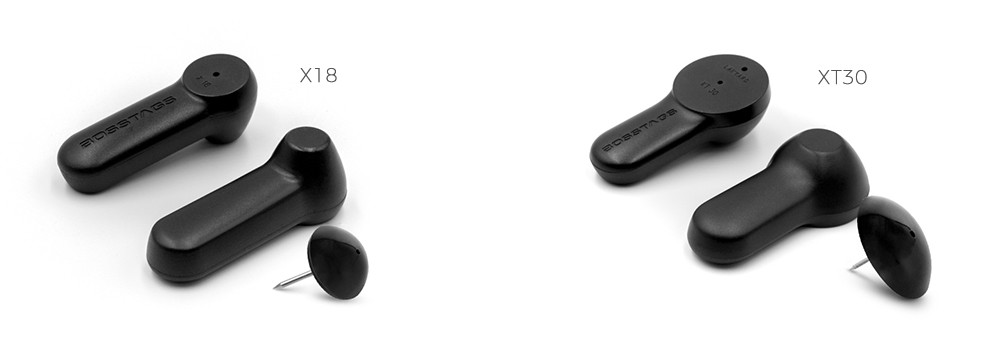
In the AM security tag selection, we believe the BossTag range, comprising the XT30 security tag and its smaller cousin smaller cousin the X18 security tag, deliver the best security and the best value for money.
Both feature high security and are resistant to high-strength magnets, meaning they cannot be opened by the types of detachers that are commonly available on the internet.
Meanwhile, the XT30 also boasts a larger pinhead, which increases tamper resistance and further enhances security.
In addition, the XT30 and X18 also feature an inbuilt lanyard hole which can accept lanyards that attach to accessories like handbags, shoes and appliances. Both can accept either grooved or smooth pins and are compatible with RFID, when used with our optional RFID pin, or can incorporate ink dye pins as a benefit denial strategy.
Our favoured RF security tag for delicates
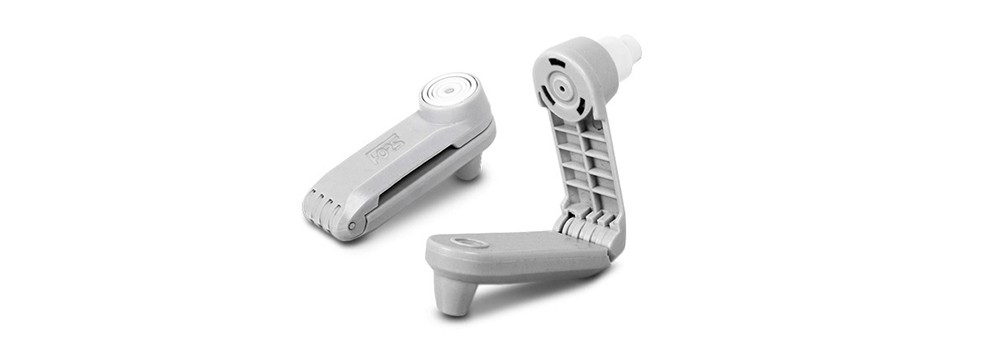
When it comes to tags for delicates/ swimwear or even lingerie, our favoured tag is the Alligator Tag due to its seamless design and supreme security.
The Alligator Tag is actually available in both RF and AM frequencies and features superior security due to its innovative design.
This revolutionary tag accommodates the pin and the tag in one single body with a hinge that snaps it shut. Ultimately this ensures there are no more lost pins and the tag can also be used without having to push the pin through clothing.
Meanwhile, the spring-loaded pin is retracted into a housing when not in use and then pushed out when required, reducing the risk of injury to staff and customers.
Featuring a high-strength magnetic lock for superior protection, the Alligator Tag is easy and fast to apply and can be attached to garments with just a single hand and clicked into place.
This reduces application time dramatically when applying tags to large quantities of merchandise, while the one-handed application and detaching also accelerates checkout and alleviates unnecessary shopper delays.
More questions?
Have more questions when it comes to which tag is right for your store? We’re happy to assist, and also have a large range of tags and labels available suited to specific products like liquor bottles, eyewear and other items. You can contact our friendly staff here.

